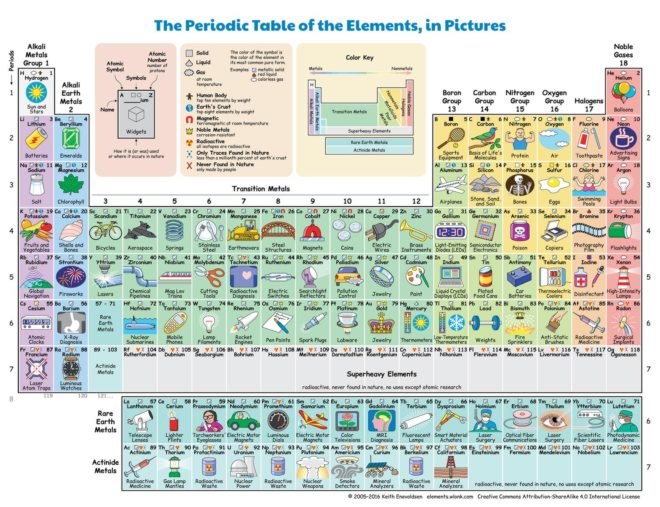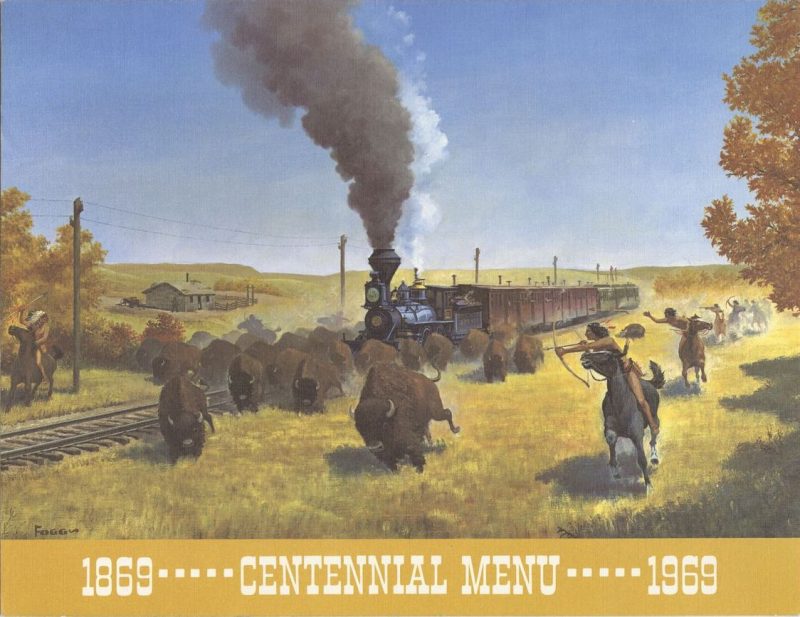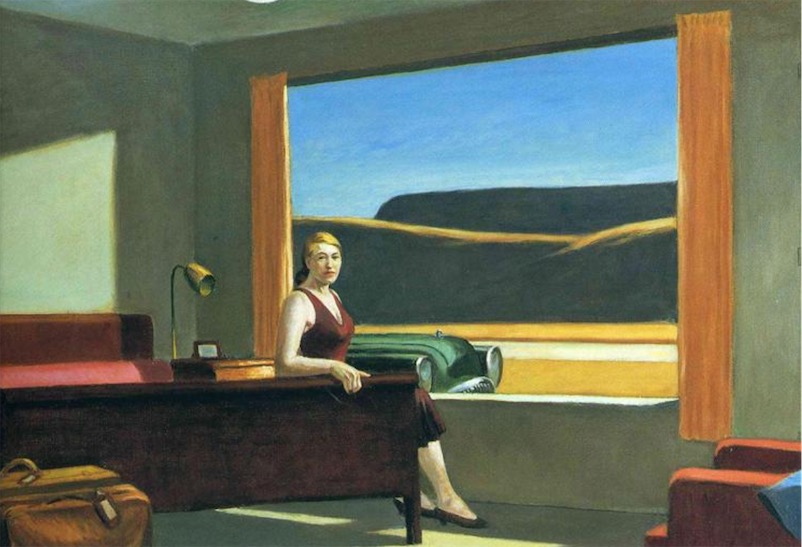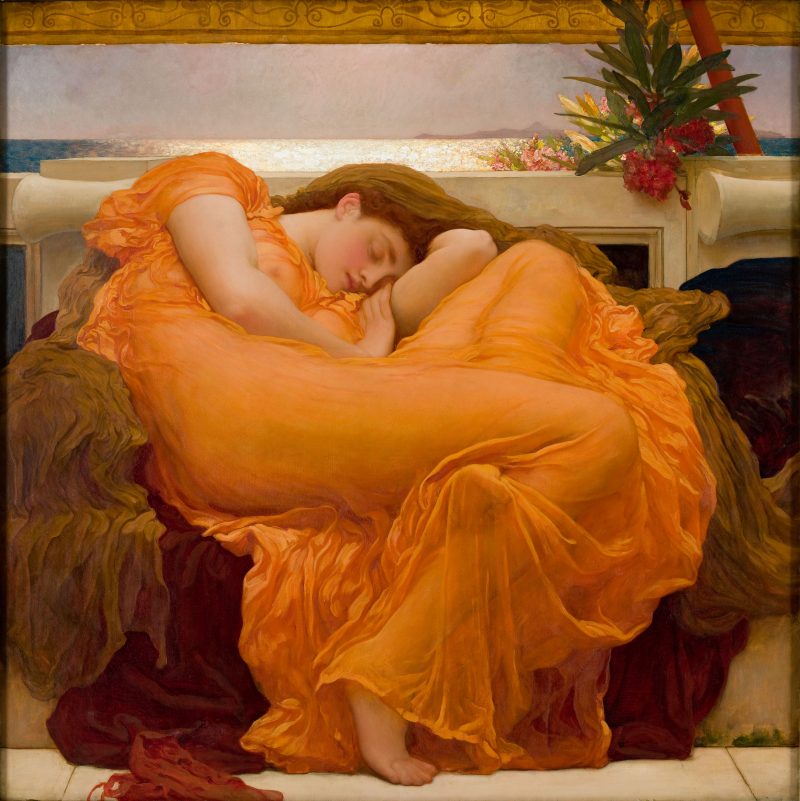The appeal of Star Wars transcends generation, place, and culture. Anyone can tell by the undiminishing popularity of the ever more frequent expansions of the Star Wars universe more than 40 years after the movie that started it all — and not just in the English-speaking West, but all the world over. The vast franchise has produced “cinematic sequels, TV specials, animated spin-offs, novels, comic books, video games, but it wasn’t until November 28 that there was a Star Wars kabuki play,” writes Sora News 24’s Casey Baseel. Staged one time only last Friday at Tokyo’s Meguro Persimmon Hall, Kairennosuke and the Three Shining Swords retells the events of recent films The Force Awakens and The Last Jedi in Japan’s best-known traditional theater form.
To even the hardest-core Star Wars exegete, Kairennosuke may be an unfamiliar name — though not entirely unfamiliar. It turns out to be the Japanese name given to the character of Kylo Ren, the power-hungry nephew of Luke Skywalker portrayed by Adam Driver in The Force Awakens, The Last Jedi, and the upcoming The Rise of Skywalker.
In Kairennosuke and the Three Shining Swords he’s played by Ichikawa Ebizō XI, not just the most popular kabuki actor alive but an avowed Star Wars enthusiast as well. “I like the conflict between the Jedi and the Dark Side of the Force,” Baseel quotes Ichikawa as saying. “In kabuki too, there are many stories of good and evil opposing each other, and it’s interesting to see how even good Jedi can be pulled towards the Dark Side by fear and worry.”
The thematic resonances between kabuki and Star Wars should come as no surprise, given all Star Wars creator George Lucas has said about the series’ grounding in elements of universal myth. Lucas also actively drew from works of Japanese art, including, as previously featured here on Open Culture, the samurai films of Akira Kurosawa. And so in Kairennosuke and the Three Shining Swords, which you can watch on Youtube and follow along in Baseel’s play-by-play description in English, we have the kind of elaborate cultural reinterpretation — bringing different eras of Western and Japanese art together in one strangely coherent mixture — in which modern Japan has long excelled. No matter what country they hail from, Star Wars fans can appreciate the highly stylized adventures of Kairennosuke, Hanzo, Reino, Sunokaku, Ruku and Reian — and of course, R2-D2 and C‑3PO.
via Neatorama
Related Content:
Watch a New Star Wars Animation, Drawn in a Classic 80s Japanese Anime Style
How Star Wars Borrowed From Akira Kurosawa’s Great Samurai Films
The Cast of Avengers: Endgame Rendered in Traditional Japanese Ukiyo‑e Style
High School Kids Stage Alien: The Play and You Can Now Watch It Online
Based in Seoul, Colin Marshall writes and broadcasts on cities and culture. He’s at work on a book about Los Angeles, A Los Angeles Primer, the video series The City in Cinema, and the crowdfunded journalism project Where Is the City of the Future? Follow him on Twitter at @colinmarshall or on Facebook.























